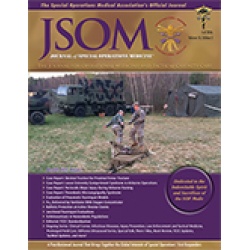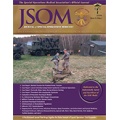Medical Provider Ballistic Protection at Active Shooter Events
Stopyra JP, Bozeman WP, Callaway DW, Winslow J, McGinnis HD, Sempsrott J, Evans-Taylor L, Alson RL 16(3). 36 - 40 (Journal Article)
There is some controversy about whether ballistic protective equipment (body armor) is required for medical responders who may be called to respond to active shooter mass casualty incidents. In this article, we describe the ongoing evolution of recommendations to optimize medical care to injured victims at such an incident. We propose that body armor is not mandatory for medical responders participating in a rapid-response capacity, in keeping with the Hartford Consensus and Arlington Rescue Task Force models. However, we acknowledge that the development and implementation of these programs may benefit from the availability of such equipment as one component of risk mitigation. Many police agencies regularly retire body armor on a defined time schedule before the end of its effective service life. Coordination with law enforcement may allow such retired body armor to be available to other public safety agencies, such as fire and emergency medical services, providing some degree of ballistic protection to medical responders at little or no cost during the rare mass casualty incident. To provide visual demonstration of this concept, we tested three "retired" ballistic vests with ages ranging from 6 to 27 years. The vests were shot at close range using police-issue 9mm, .40 caliber, .45 caliber, and 12-gauge shotgun rounds. Photographs demonstrate that the vests maintained their ballistic protection and defeated all of these rounds.


 Español
Español 




